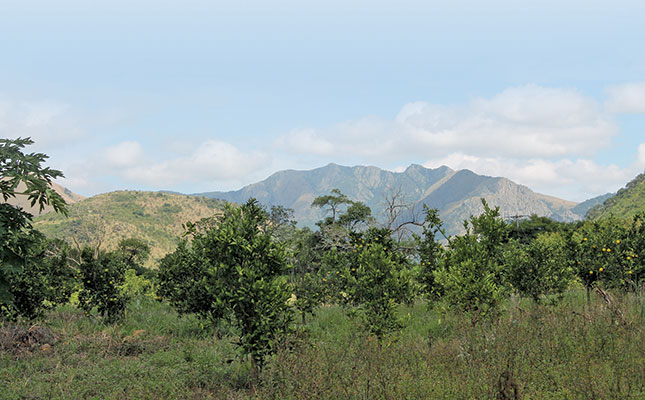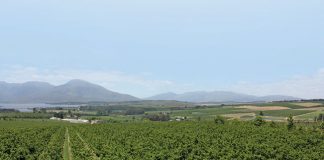
According to the UN, there are more than 570 million family farmers in the world, and they play a crucial role in ensuring global food security.
READ Keeping the farm in the family
The World Farmers’ Organisation (WFO), which serves on the international steering committee of the UN Decade for Family Farming, has reminded all participants in the project that ‘small’ and ‘family’ are not necessarily synonyms.
Family farms are a very diverse group, and this diversity must be taken into account when addressing the family farmers’ needs, the WFO says.
Medium-sized and smaller commercial farmers, which make up the majority of the commercial farming sector in South Africa, as well as the EU and US, are more often than not also family-owned businesses.
These family farms face a host of unique challenges to which small-scale family farms, the type of farm that dominates the farming sector in much of Africa and India for example, are not exposed.
READ It’s time for smallholder farmers to enter value chains
Hopefully, the UN Decade for Family Farming will pay particular attention to the plight of these medium-sized family farms, because up until now, this segment of primary producers has not benefitted from nearly as much support or attention as smallholder family farms.
One of the things that this project should aim to solve is the lack of these medium-sized farming operations’ power within the food chain, in order to stop the disappearance of medium-sized farms entirely.
One of the biggest challenges that medium-sized commercial farmers face is the so-called cost price squeeze, which means that their profitability is affected by the rising cost of farm inputs and the simultaneous stagnant or decreasing price that they earn for their produce.
As we have seen in South Africa, the effect of this is that in order to benefit from greater efficiencies and economies of scale, the number of commercial farmers has decreased, as some of these farmers increased the size of their own businesses by buying out other medium-sized family farming businesses that struggled to remain profitable.
In many instances, the cost price squeeze affects medium-sized farmers more than small-scale farmers because the financial exposure of the former to market fluctuations is greater.
READ A letter to young farmers in South Africa
The tragedy that is concealed behind this neat economic explanation for the state of things is that those families who were not in a position to grow their businesses have lost their livelihoods.
The delicate social fabric of rural farming towns has also been affected, because once well-populated rural areas have become increasingly depopulated.
Towns that offered vibrant farming communities services such as schools, churches and medical care now struggle to continue offering these facilities because their customer base has shrunk.
Also, as one farmer recently pointed out to me, the exodus of medium-sized farmers from rural areas has made these areas more unsafe, because “your neighbours are now, very often, much further away from you and there are fewer farmers who can participate in community safety initiatives”.
Join the Farmer’s Weekly News WhatsApp Group for daily news updates.











